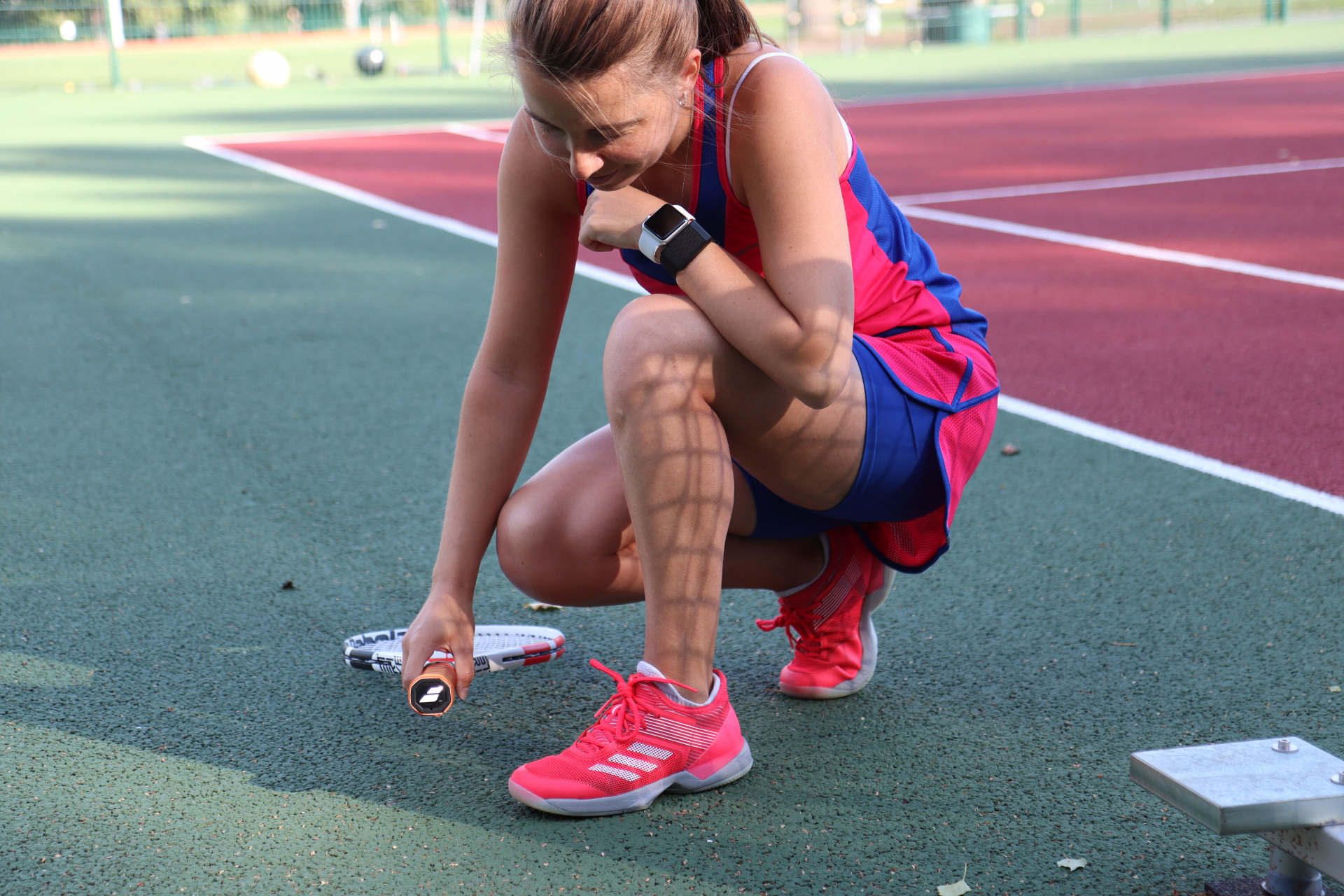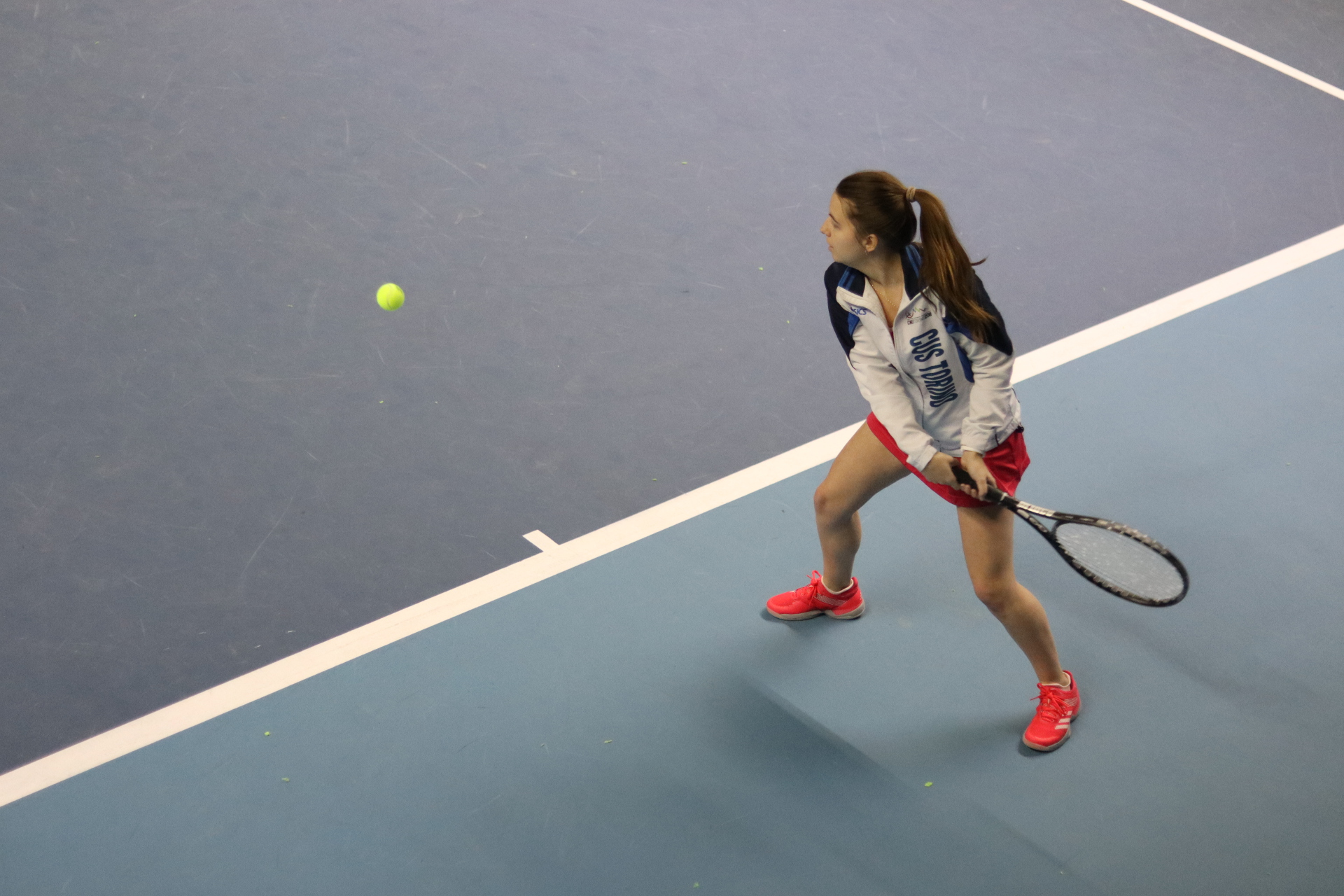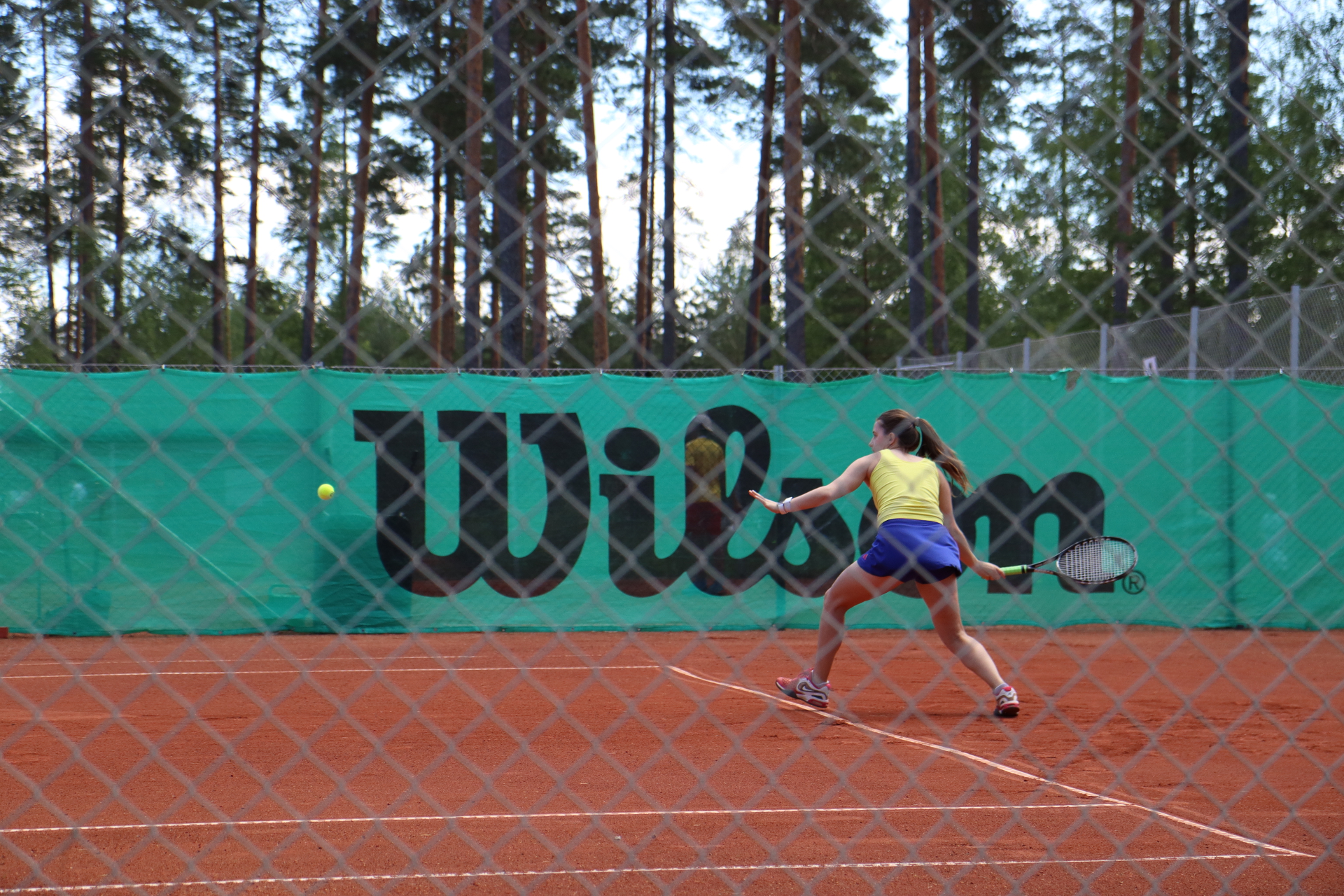Tennis body language secrets - How to send and pick up silent signals on the court
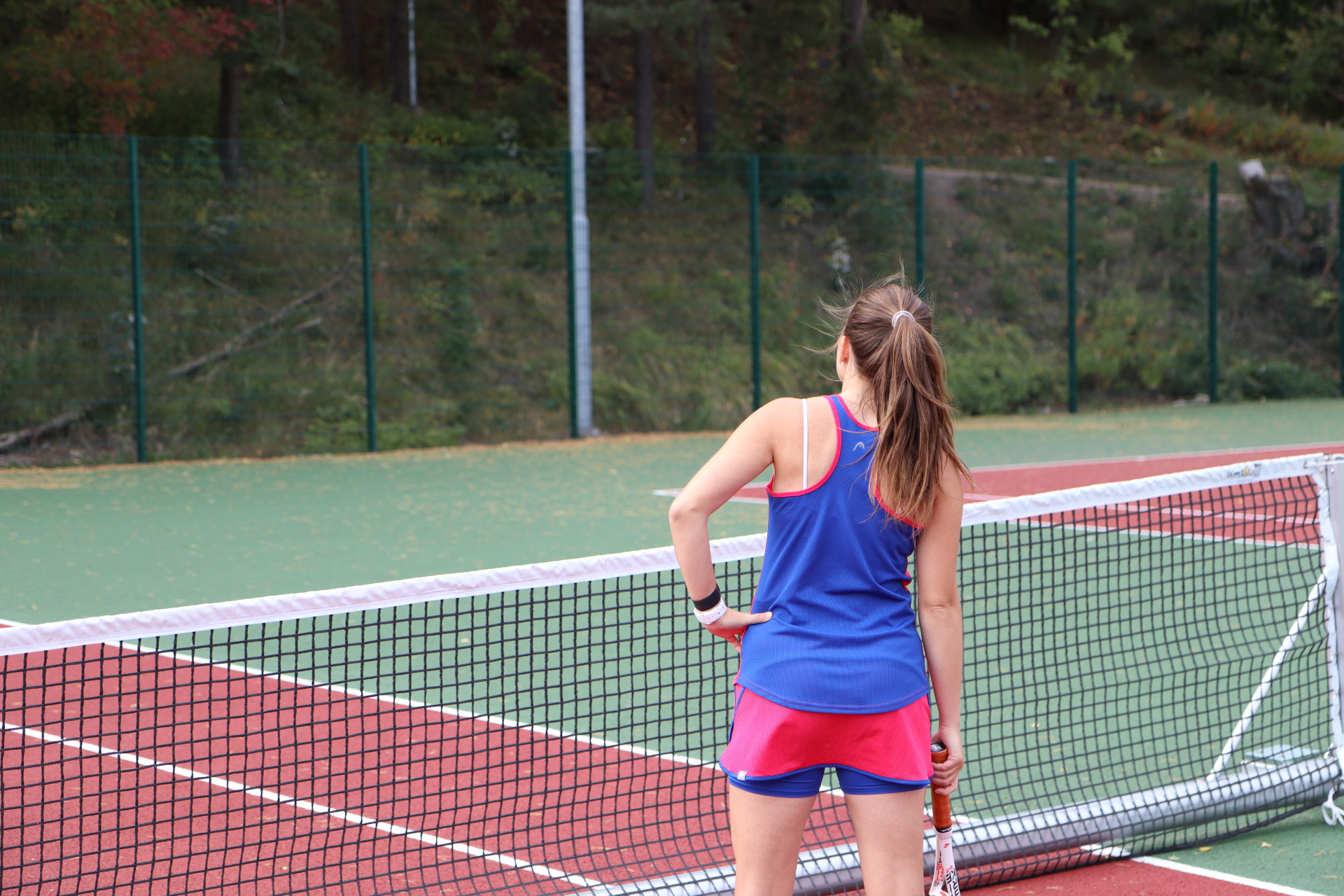
Ever noticed that during a match your opponent is speaking to you without actually speaking to you?
That's right, she is 💁♀️. And the same is true for you, whether you want to or not!
In fact, every tennis match is jam-packed with non-verbal messages traveling from side to side from start to finish, and the better you get to pick them up the larger advantage you gain!
Hi, I'm Elena Margaria 👋🏻 and just like you, I'm on a mission to become the best tennis player I can 🥇. Even without a fancy team, or too much talent. Just with a huge desire to make it.
That's why Tennis Rematch exists: to share everything I learn along the way 🤓, so you can get better faster, and together we can prove that we can achieve anything we set our mind to 🔥.
But back to business!
In this blog I collected all the body language things I've learnt and always use in my matches to get that extra edge on my opponent 🤙.
You know, most tennis players worry too much about technique and too little about emotions... with the result they give away lots of clues on their game and state of mind without even realizing it 🤭.
Trust me, the body is an excellent communication tool (being Italian 🇮🇹 I know this extra well 😂) and knowing how to use yours to your advantage and how to read your opponent's state of mind from the other side of the net can really go a long way!
(You know, Italians are famous in the whole world for their funny and maybe-a-bit-exaggerated body language 🤟🏻. But hey, even though some of our signs may not mean much to you, for us they totally make sense!
And the coolest thing is this: while every region, actually every town, has its own dialect, those signs are the same from North to South 👢, making it possible for us to have a meaningful conversation even without words 😅. How powerful is that 🤩.)
Hope you're ready, because you're just about to have a crash course on body language!
Enjoy your read 💕! And if you find it useful, don't forget to leave me a clap and a comment with your thoughts. You'd really make my day 🤗!!
What is body language?
Here are two definitions, one broad and generic 🌎 and one tennis specific 🎾.
🌎 The more generic one, taken directly from Wikipedia, is this: "Body language is a type of a nonverbal communication in which physical behaviors, as opposed to words, are used to express or convey the information".
🎾 On the other hand, a more tennis specific definition is this 👉. Body language is the way your body sends messages to your opponent. It either works for you or against you, and that is solely under your control. Not your opponent's. Not the referee's. Not the spectators'. Just yours.
And isn't that great news?! Of course it is 🥳!! If you think about it, how many things are completely in your hands when it comes to a tennis match? Not so many, right? Indeed 💁♀️!
So for once there's something that is totally up to you, you better exploit it to your advantage and not let it work against you 💪🏻!
Now... the good news are not over yet!
Here's another one: there's only 2 types of body language you can choose from, which means you cannot really be confused or have doubts.
Either you decide to have a negative body language 👎🏻 and tell your opponent you're upset, frustrated or exhausted. Or you decide to have a positive body language 👍🏻 and tell your opponent you're confident, have everything under control and no intention to lose.
So... of course you want to have a positive body language and stay away as much as you can from the trap of negative body language. Because that's what is is, a trap. And here's why.
Why you want to avoid negative body language
🔺 It's a boost of confidence for your opponent 😎. Don't forget your opponent is watching you (just as you're watching her), ready to pick up negative signals sent by your body. Those are proof you're mentally in a bad place and, as a consequence, have a double effect: they release her pressure and feed her confidence.
🔺 It's a waste of energy 🔋. Believe it or not, being negative takes a lot of energy. And why would you risk running out of gas before the match ends, for something that's not even beneficial to you but to your opponent?! You wouldn't, of course 😅.
🔺 It's a major distraction 💭. And you know this to be true. Body and mind are connected, and when your body is negative, your mind is negative too. And when your mind is negative, your focus is not on what really matters, that is the next point, but on previous mistakes.
🔺 It's the start of the negative-neutral cycle 🔁. Simply put, when your body is negative, you tend not only to have a negative response to mistakes, but also to be blind to the good things, ending up into a cycle of negativity which quickly becomes very hard to break. Instead, the cycle you want to enter is the neutral-positive cycle, where you have a neutral response to mistakes and a positive response to a good point.
In short, having negative body language just doesn't make any sense ❌! So unless you're a masochist and like making things harder for yourself, try to keep a positive attitude and maintain a positive body language. It's just a matter of habit, trust me!
But now let's see how to recognize the signals your opponent is sending you. In fact, on the tennis court the signals don't travel only one way: just like your body is sending messages to your opponent, so is your opponent's body to you. Which means, you not only want to send the right signals, but you want to pick up the signals your opponent is sending to you too.
The signals your opponent is sending you
The challenge here is to recognize those signals and interpret them in the correct way. Here are the ways your opponent is speaking to you, without speaking to you:
🕴🏼 Posture. The way we stand says a lot about us and what's going on in our mind. Just think of someone who suddenly stands still, hands on hips: it might be a sign of disbelief or, why not, maybe even frustration. Or someone with the shoulders all curled up: she's probably not happy with how things are going and filled with disappointment, maybe feeling powerless and discouraged. How about someone bending forward, hands on knees? One thing is for sure: she's probably not fresh as a daisy 🌼!
😩 Facial expressions. The face we do as a reaction to certain events is a reflection of our thoughts and is often worth a thousand words. An example? When you see your opponent doing this face → 😫, what do you think she's thinking? That there's nothing she can do, she's basically given up. And how about this face → 🤯 or this → 😳? She's intimidated by you and your game, kind of afraid. And this one → 🥵? She's exhausted, and cannot wait to have a break.
⏳ Tempo. The pace at which we move and go through our routines is easily affected by our emotions. For example, if your opponent starts speeding things up between points, it might be a clear signal she's angry, fed up or annoyed by something. If instead she suddenly starts slowing things down, then she may be feeling discouraged and powerless. (She might also be trying to disrupt your tennis tempo, but that's another story!)
💪🏻 Gestures. Even the movements we make with hands, head and shoulders (and any other part of the body) always carry a meaning with them. After all, we don't do random stuff. (And I know this well being Italian, trust me!) For instance, no way your opponent would shake her head or shrug when in a good place mentally!
Ok, good: now you know what to pay attention to. But when, when should you pay attention to those things? After all, you're on the tennis court to do your best, not to examine your opponent from head to toe, from start to finish 🔍! Aren't you?!
The best moments to get clues on your opponent's state of mind
Here's the list of the best moments to get clues from your opponents.
But first, just a little reminder: as always, don't stress out about them and use your common sense 🙏🏻!
Remember, staring at your opponent is not the way to go. Instead, start by picking one or two of these moments, and practice keeping an eye for possible hints during those only.
🔹 The entry into the court. That's right. You don't need to wait for the match to start to "collect data" about your opponent's state of mind: you can start observing her moves since she puts her first foot on the court 👟. Just pay attention to her while she's getting to her bench or introducing herself for the first time. Her body will leave plenty of clues!
🔹 The warmup. I know what you're thinking: that you already have too many things to do during the warmup 🗓. And indeed, defrosting your strokes should still be your main priority! But studying your opponent (and getting clues on her game AND emotional state) should be right after on your list. Because strokes are important, but feelings can play a big role in a match too!
🔹 The changeovers. No, I don't mean you should be spying on your opponent during the changeovers 🔍: we both agree you have better things to do like rehydrating, resting and focusing. But while going to your bench you should twitch your antennae and observe 👀... you never know what signals your opponent is going to send you, and you wanna catch all you can!
🔹 At the end of a point. Think about it, that's probably the toughest moment of all to hide the emotions and not act instinctively 🐅. I don't know about you, but usually when I win or lose a point the last of my worries is to contain my emotions and not let any clue about my feelings to my opponent 😅! So yes, this is a great moment to check on your opponent and understand what she's going through.
🔹 Between the points. Just because this is the time when tennis players go through their routine, it doesn't mean it's hard to get cues. On the contrary, it's pretty easy exactly for that reason. In fact, you don't need special attention to notice a black cow among a big group of white cows 🐮🐮, do you? And here's the same: a change in the routine of your opponent should catch your eye right away!
How to reply to your opponent's silent signals
At this point, you may be wondering: "what do I do once I know what my opponent is going through?". Legit question 😉.
Here's the answer. When your opponent is sending you signals and you're able to pick them up and interpret them, no matter if they're positive or negative, you need to understand WHY.
And what I mean is, you need to be able to spot the reasons why she's feeling that way and then act accordingly. For example:
🔸 Is your opponent frustrated? → What makes her frustrated? Is it because you're not letting her play her favorite inside out forehand? Or because you're surprising her with drop shots? Find this out, and keep doing it more and more.
🔸 Is your opponent intimidated? → What makes her intimidated? Is it your return of serve on her second ball or your taking every opportunity you have to approach the net? Find this out, and keep doing it more and more.
🔸 Is your opponent upset? → What makes her upset? Is it your insidious kick serve, or your high, full-of-top-spin balls in the center of the court that forces her into unusual errors and pisses her off? Find this out, and keep doing it more and more.
🔸 Is your opponent exhausted? → What makes her exhausted? Your continuous change of direction or of spin? Again, find this out, and keep doing it more and more.
🔸 Is your opponent confident? → What makes her confident? Is it you recent streak of unforced errors, or the fact you seem not to be able to cope with her backhand down the line? Find this out, and then avoid it at all costs.
🔸 Is your opponent fresh? → What makes her fresh? Is it the predictable direction of your shots, or the slow tennis tempo? Find this out, and then avoid it at all costs.
🔸 Is your opponent relaxed? → What makes her relaxed? Is it your steady inconsistency, or your flat balls? Once again, find this out, and then avoid it at all costs.
Straightforward, isn't it? If your opponent has negative body language, you keep doing over and over again what's causing it. If instead her body language is positive, you stop doing it. It's that easy!
And voilà, there you have it: my little encyclopedia (😅) about tennis body language.
Yes, I might have gone a bit overboard with this guide, but hey... Italians normally talk a lot. If you make them talk about their beloved body language, then you're in for a treat for sure 😜!
Apart from jokes, I really hope you found this blog useful and plenty of food for thoughts! If so, click on the clap button so I know you did 😉.
💬 And if you feel inspired and especially talkative too, then leave me a comment below with your body language stories. What's the weirdest thing you've seen on the court? Can't wait to read you 💕!
I'll see you in the next blog, ciaooo!!
Then you're one of us! We're a community of passionate and motivated tennis players who work hard every day 💦 to reach their goals, motivate each other 🔥 to keep going when things get tough and share their own experiences 💬 so everybody can get better faster.
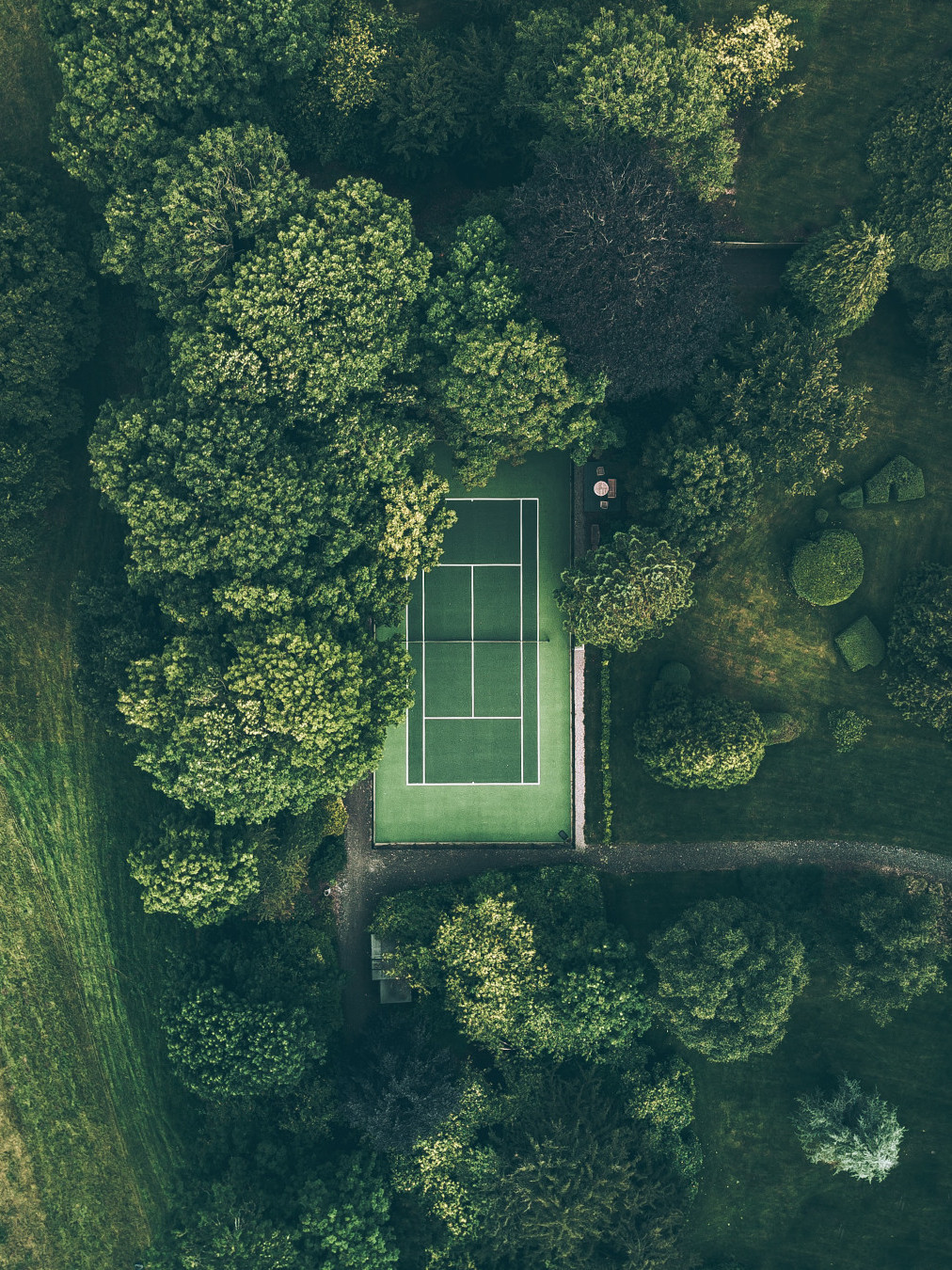
Hungry for more?
Enjoy these tennis bites, they’re just as good! 🤗👇
